Other Parts Discussed in Thread: C2000WARE, DP83826E
Hi engineers,
We have a LAUNCHXL-F28P65X for testing EtherCAT functionality. However, after following document ''EtherCAT_SubordinateDevice_Controller_Software_User_Guide.pdf'' under "***\C2000Ware_5_01_00_00\libraries\communications\Ethercat\f28p65x\docs", we are unable to successfully scan for the device, the problem is described as follows:
1. Software Version
CCS:12.5.0.00007
C2000Ware:C2000Ware_5_01_00_00
TwinCAT Version:v3.1.4024.12
SSC Version: 5.12
Sample project location:***\C2000Ware_5_01_00_00\libraries\communications\Ethercat\f28p65x\examples\f28p65x_cpu1_echoback_solution
2. Description of the problem
Using the sample project f28p65x_cpu1_echoback_solution, copy the code generated by the SSC to this project directory, and thereafter import the project into CCS and add the _LAUNCHXL_F28P65X macro definition as well as the path to the EtherCAT stack, as shown below:
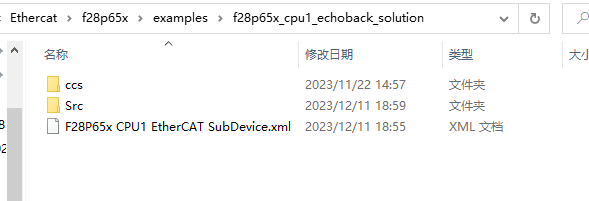
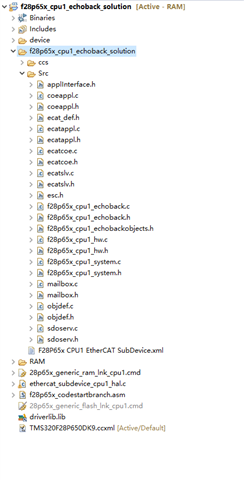
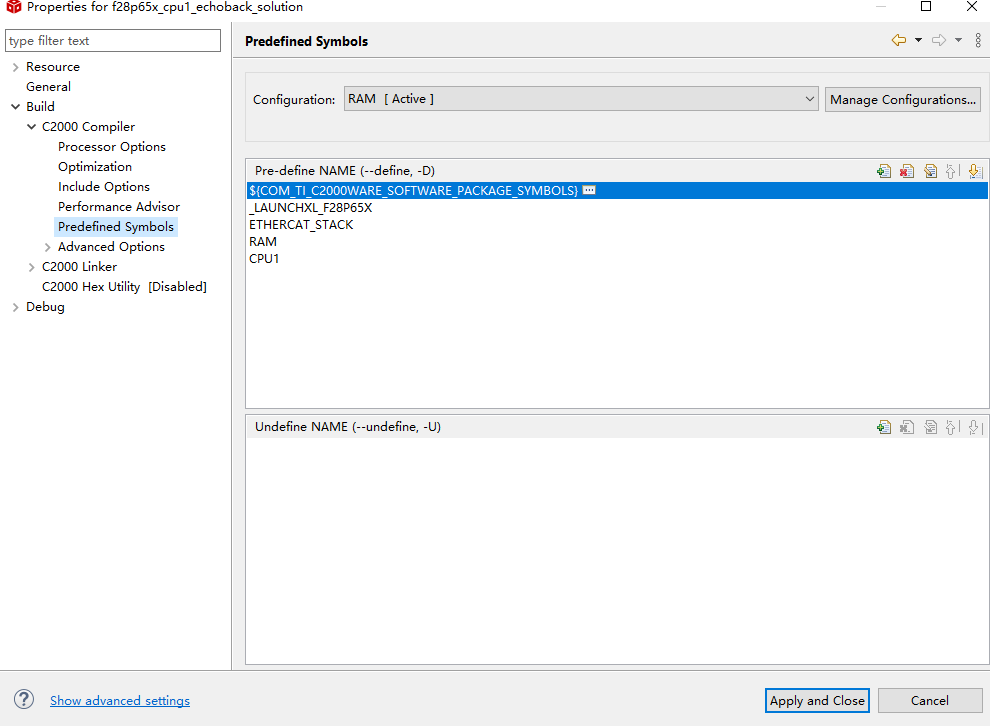
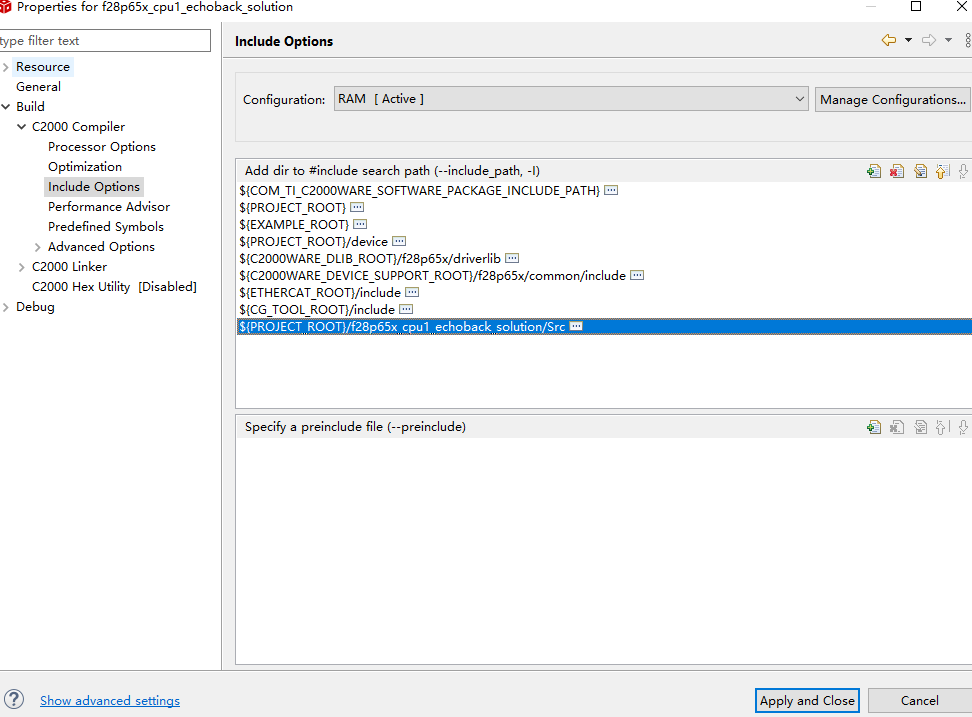
Compile the above project and following warnings are obtained:

Download the project into the RAM of the LAUNCHXL-F28P65X and click Run, the phenomenon that occurs is that the D11 red LED on the board keeps blinking, indicating that there is an error:

Before the cable is plugged in, the status light of the network port is fully on, as shown below:
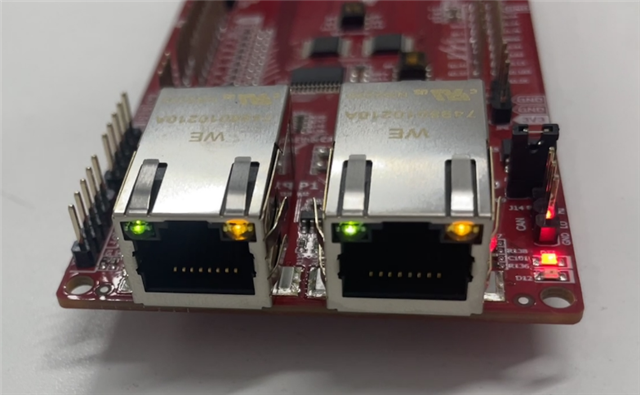
When the network cable is plugged in, the status lights of the plugged-in ports are all off, as shown below:
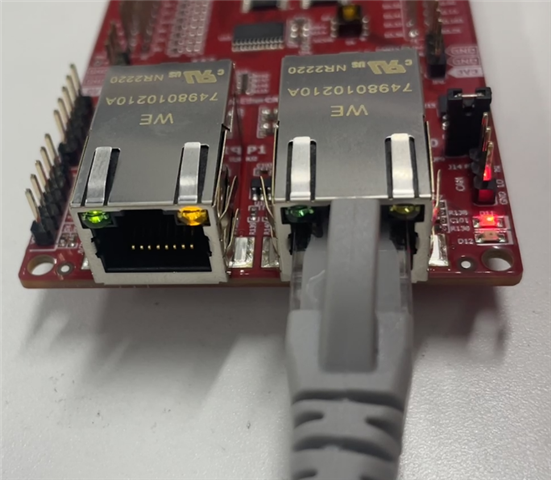
After that, TwinCAT is launched to scan for the device and it is found that no valid devices can be scanned:
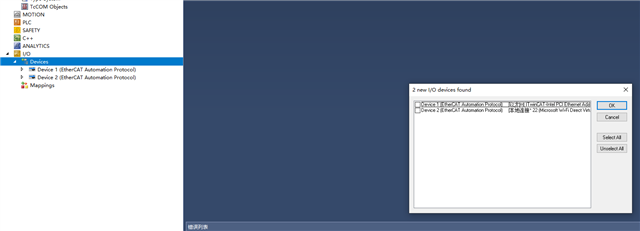
So may I ask if this project ( f28p65x_cpu1_echoback_solution ) is working properly? Why can't the device be scanned? Is there a problem with my procedure? If it is, then how can I fix it so that the TwinCAT can scan for the device and verify the EtherCAT functionality?
Experts from e2echina told us that this C2000Ware version does not support EtherCAT functionality, so could you please provide a preview version of the sample project to help us test EtherCAT on this launchpad?
Thanks!















